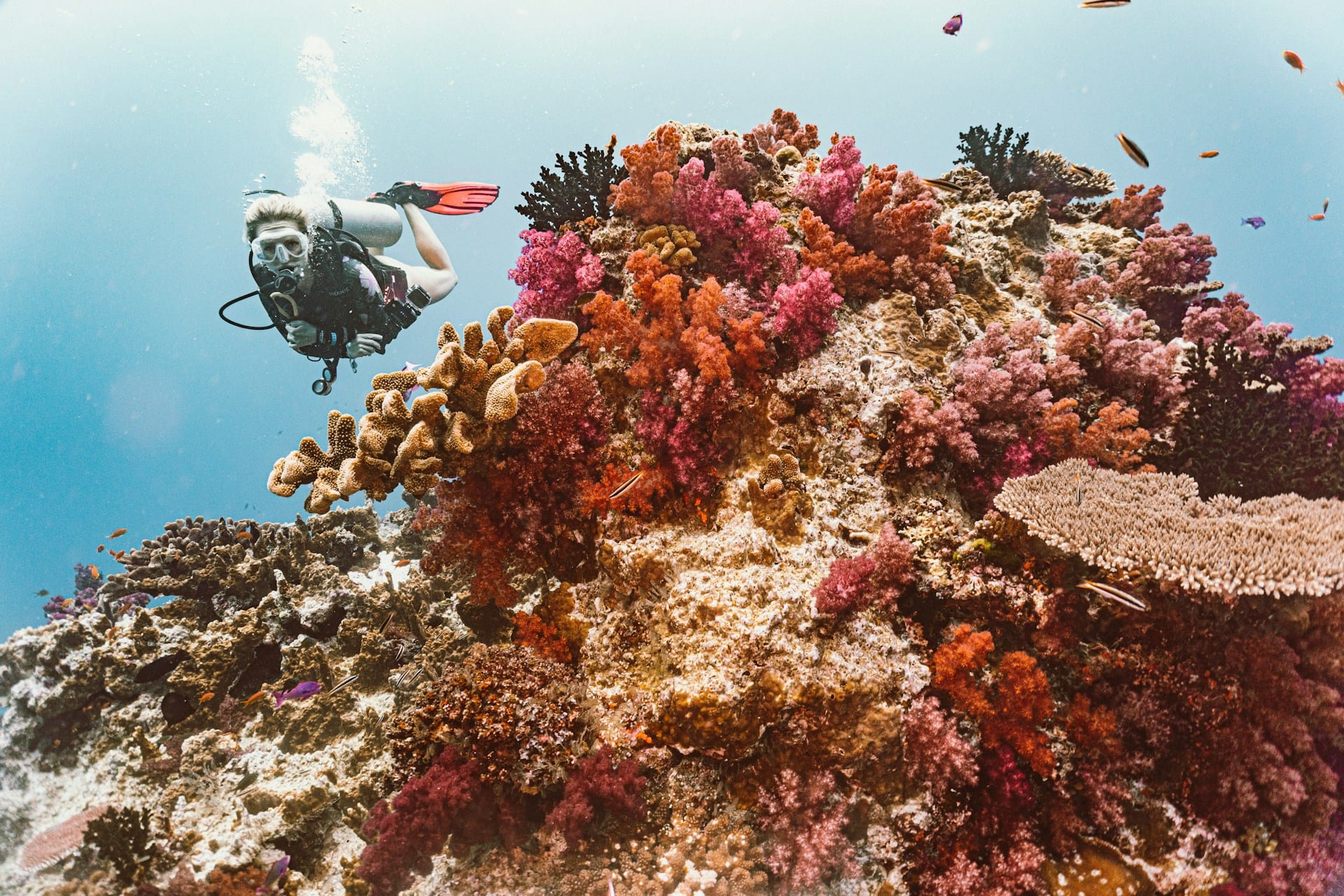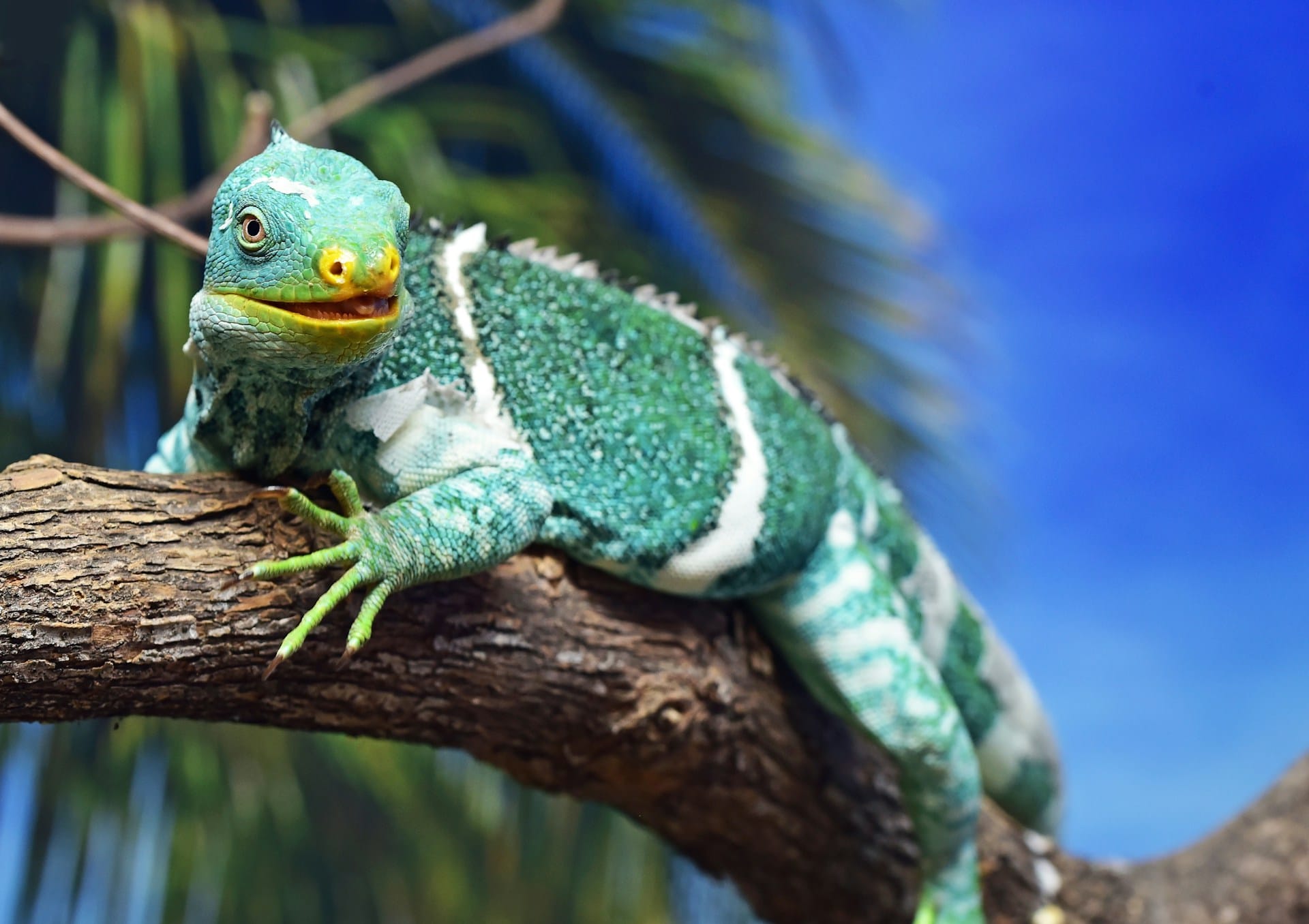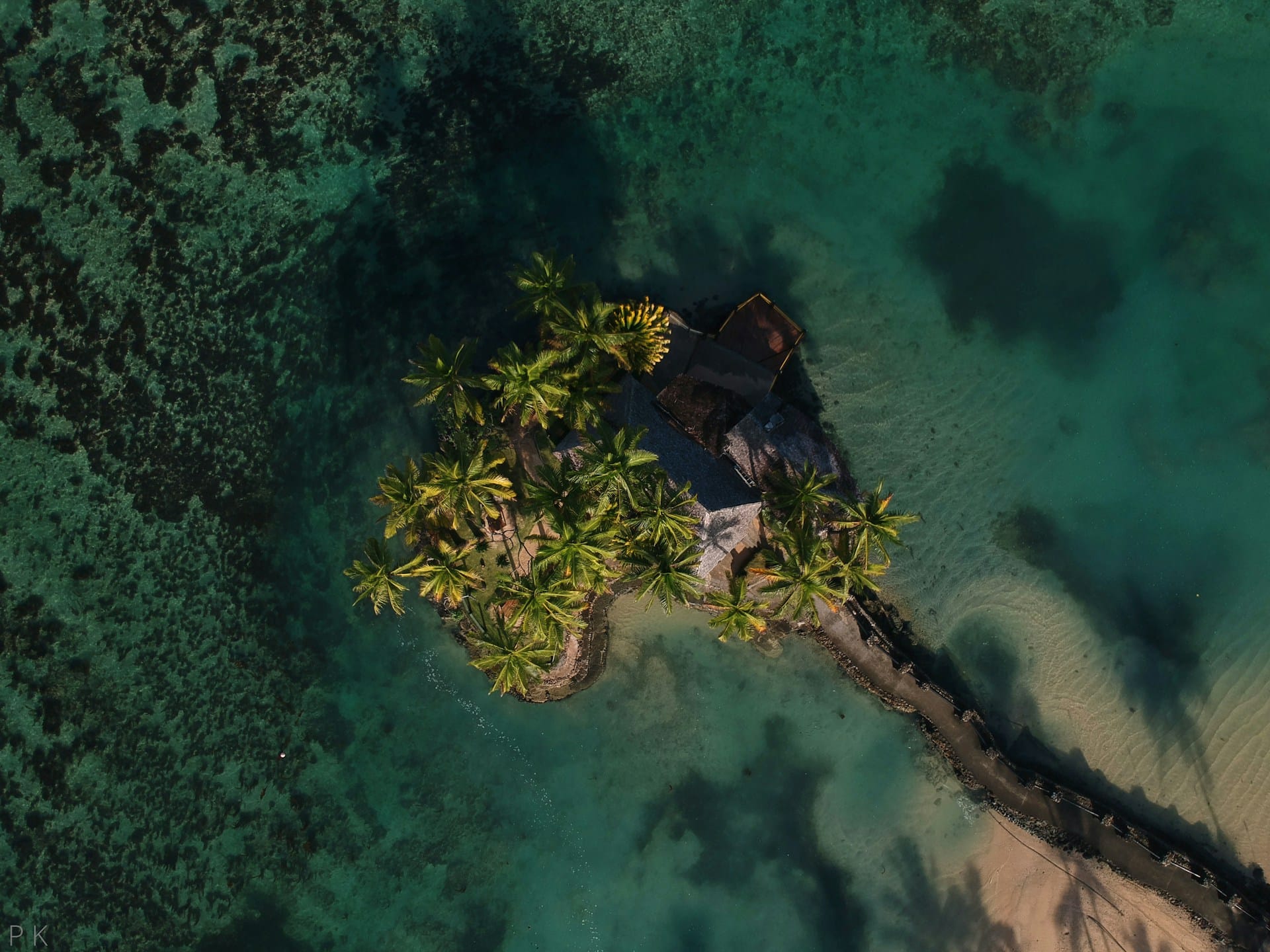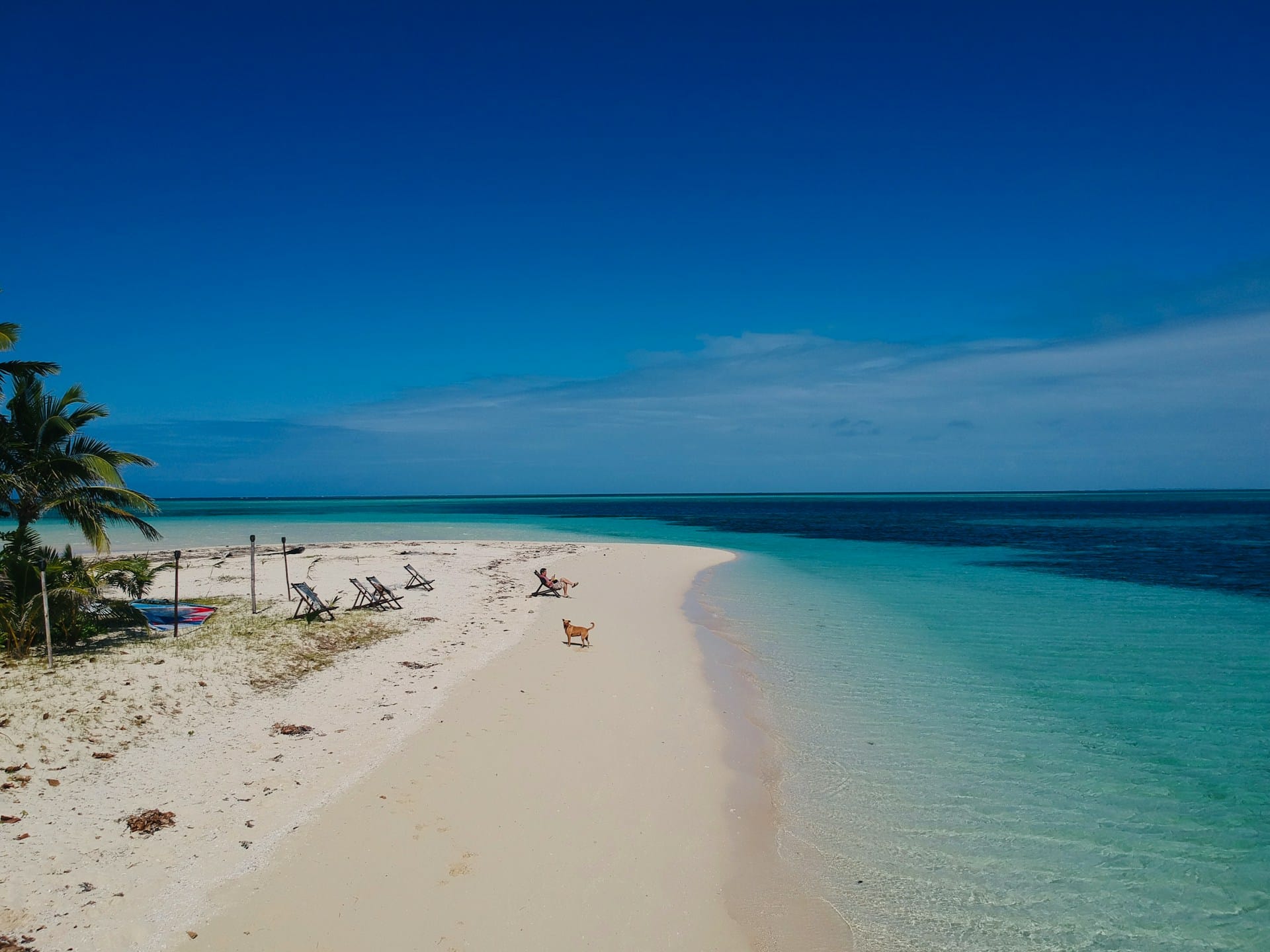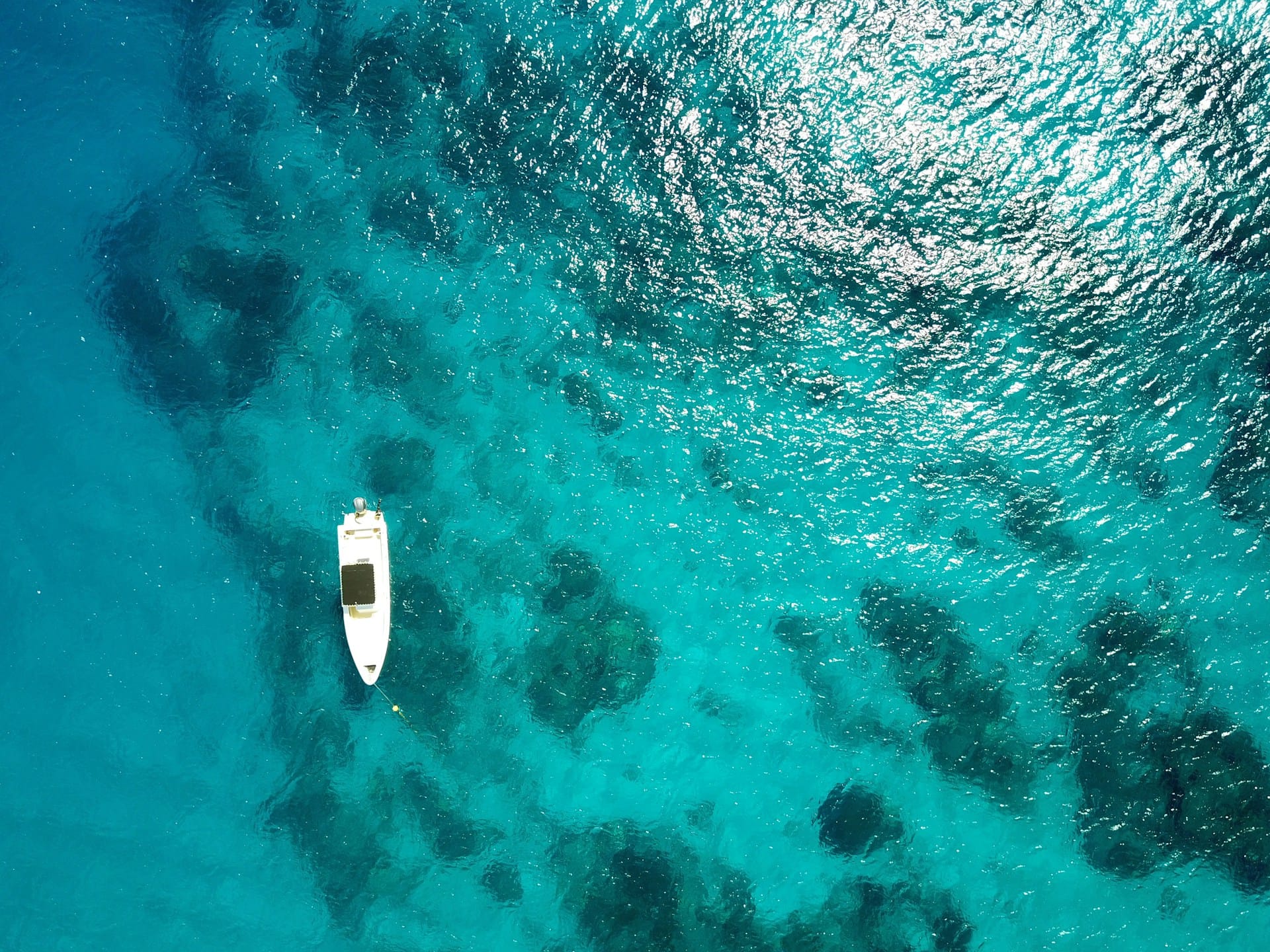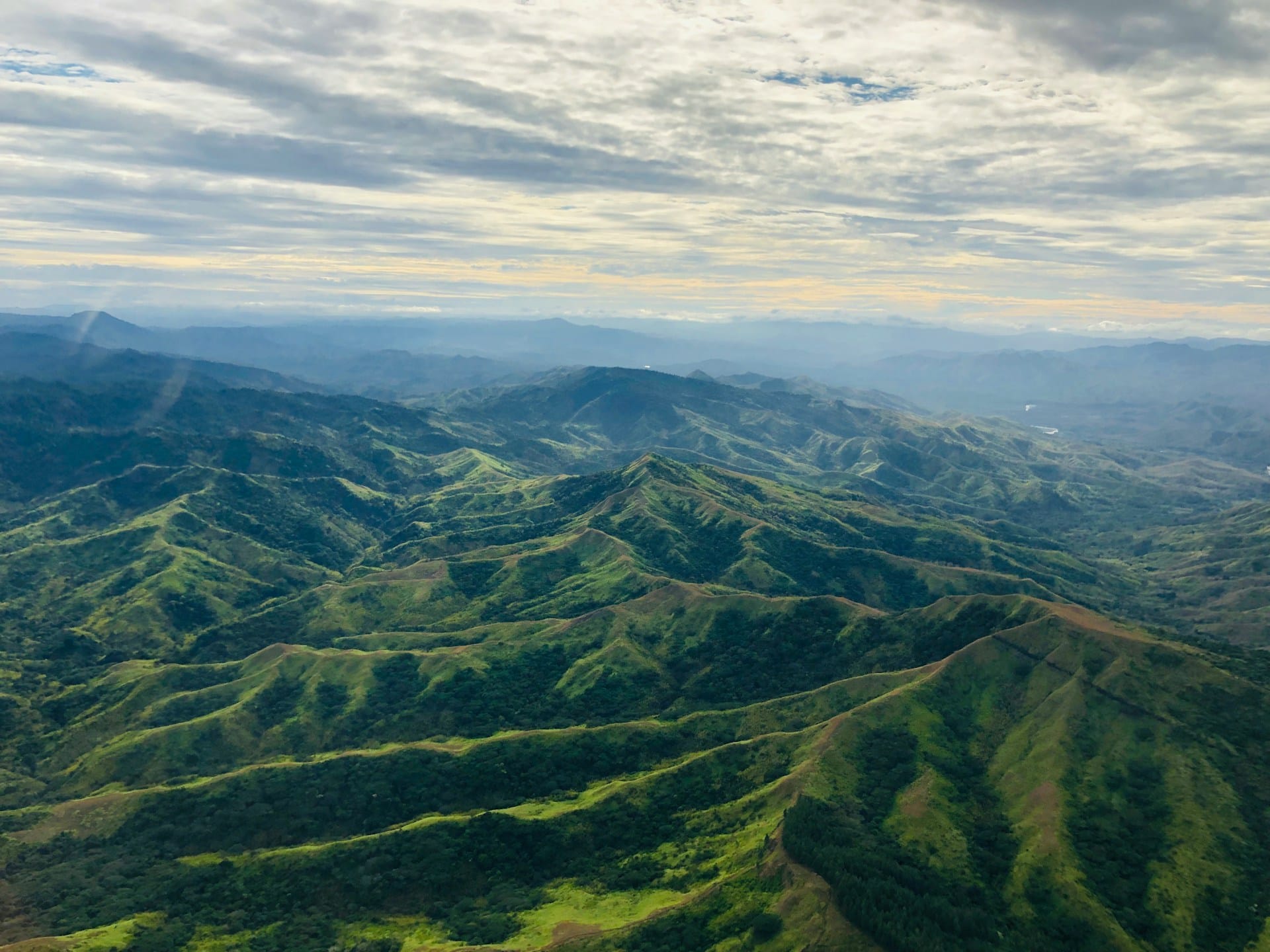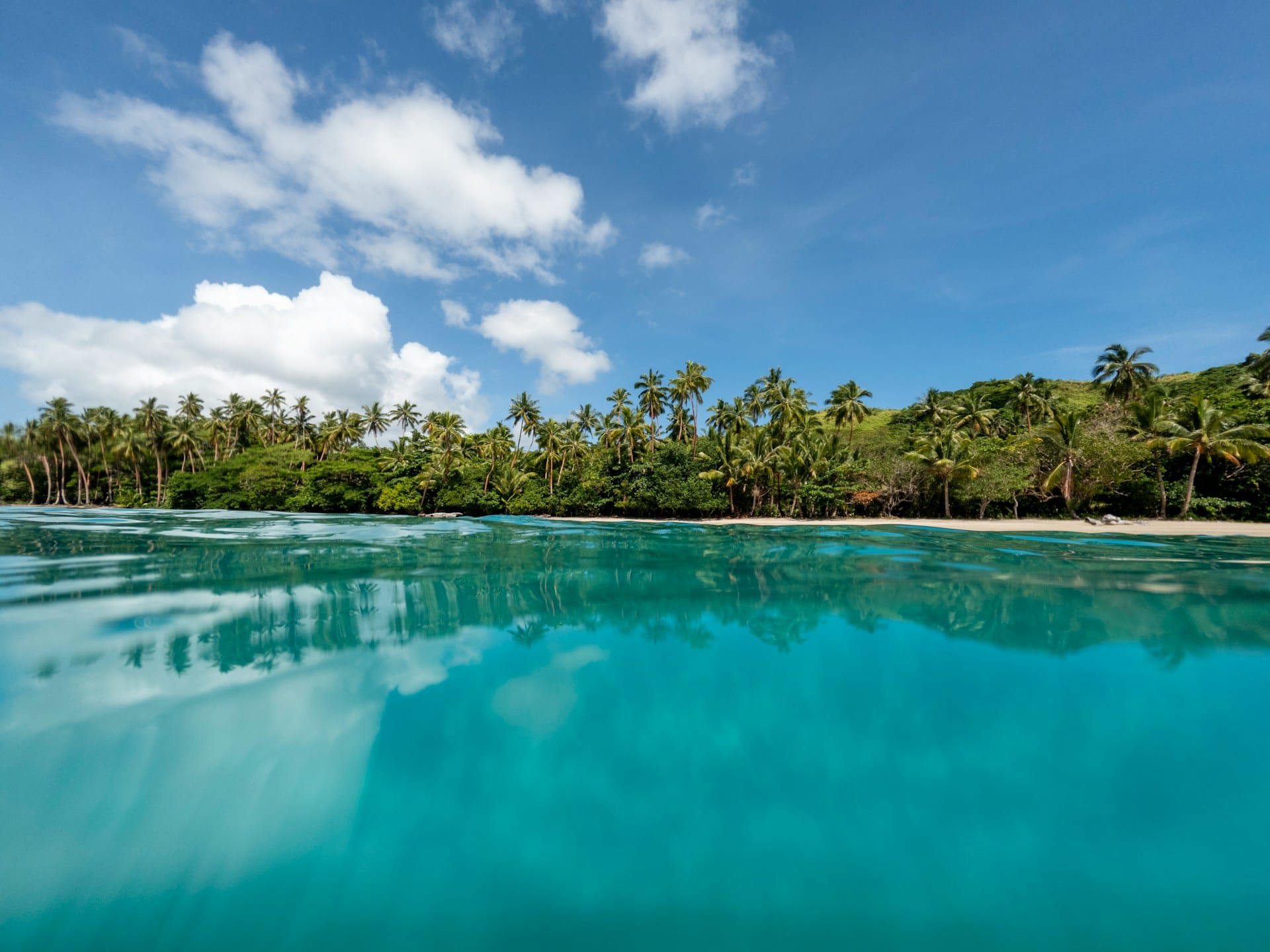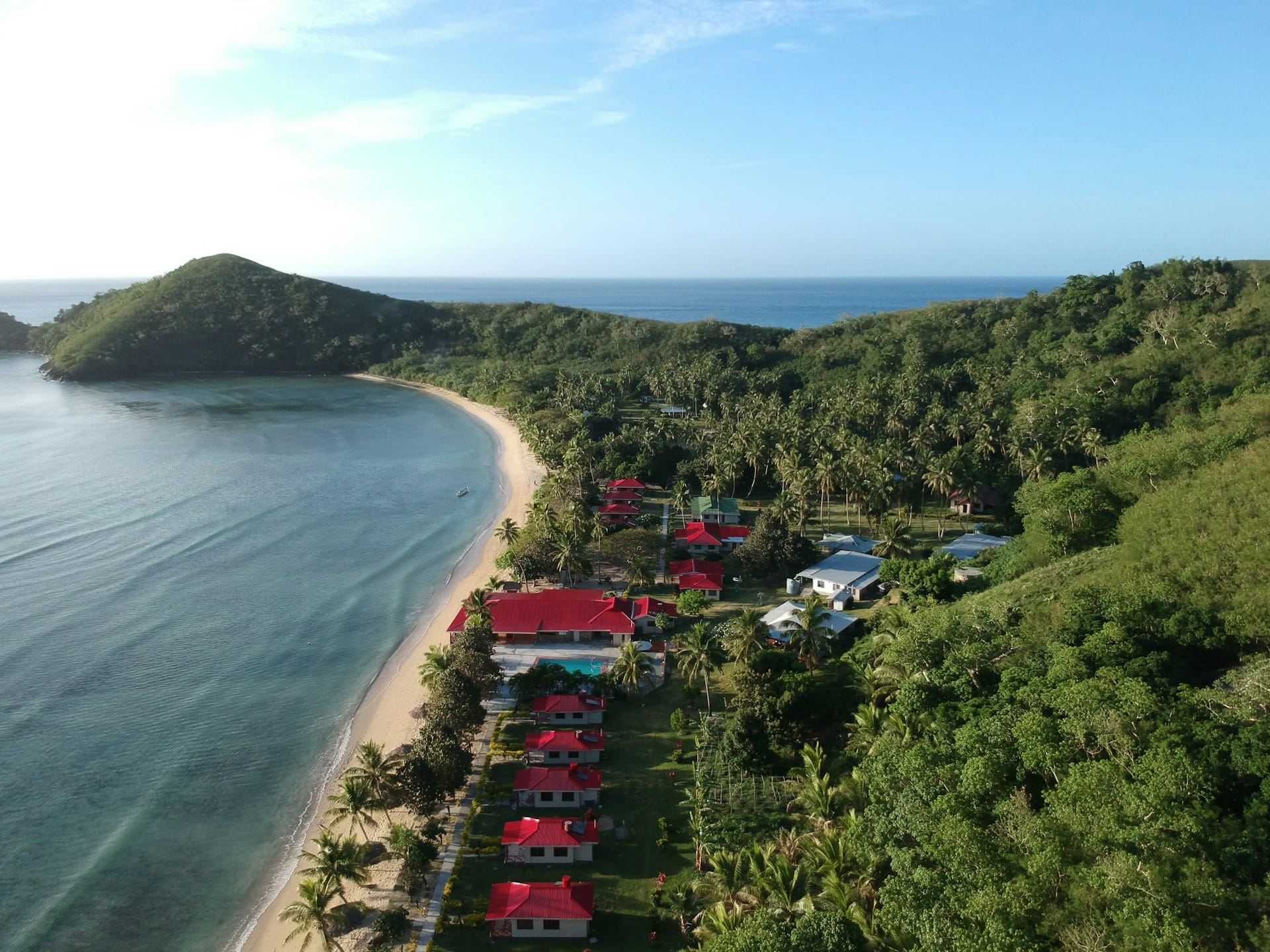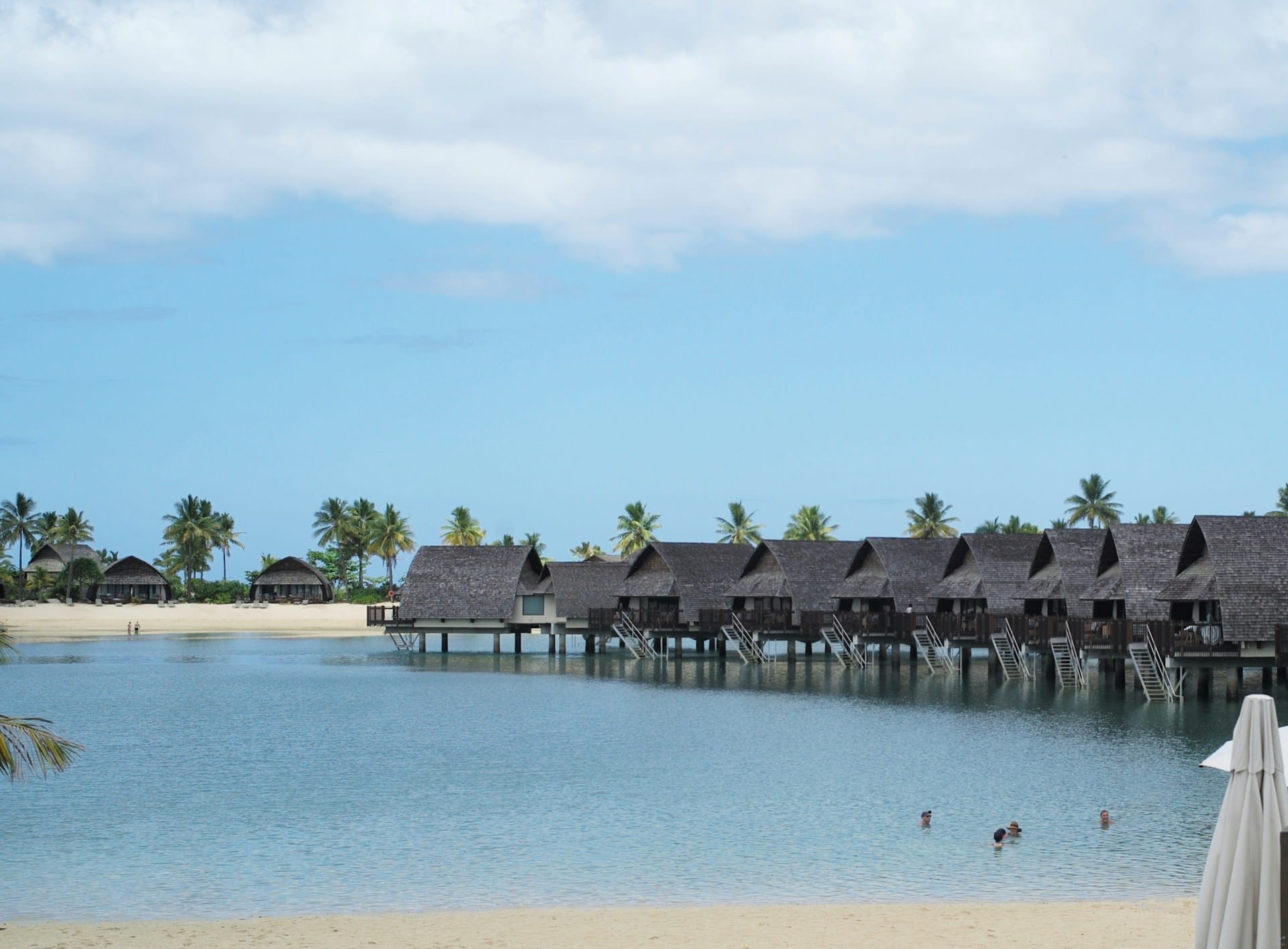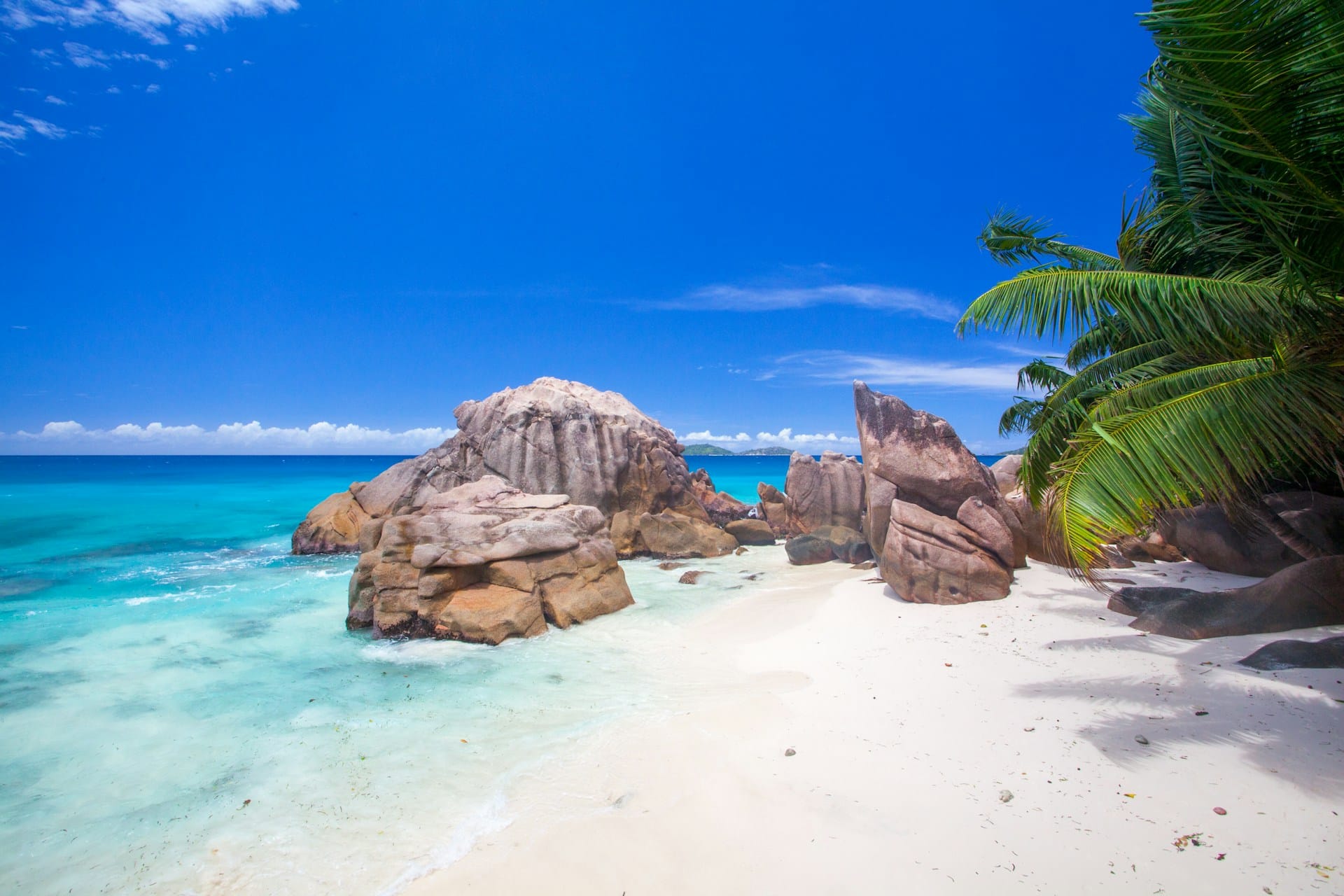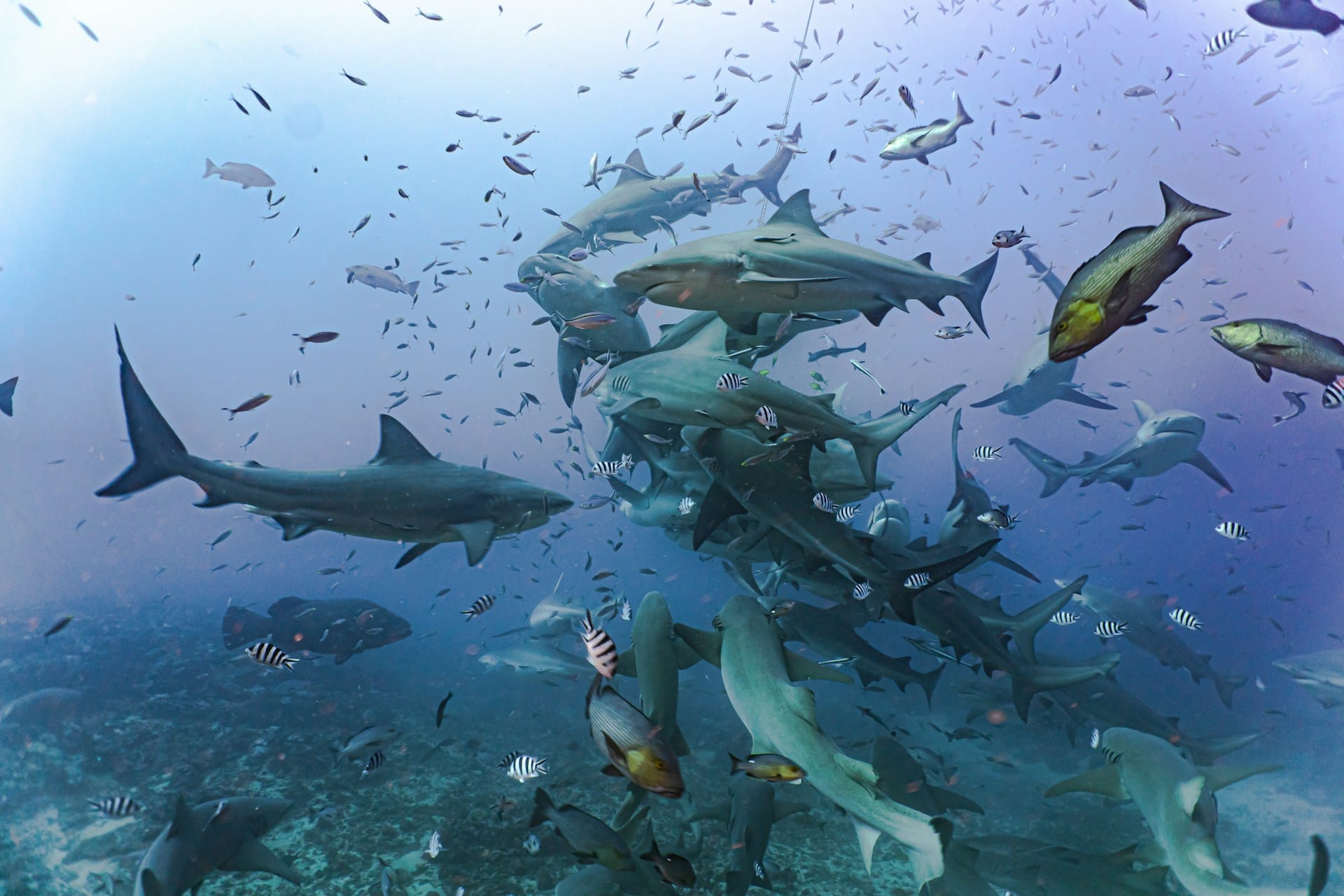
Fiji Travel Guide
Fiji is a Melanesian country in the South Pacific Ocean. It lies about two–thirds of the way from Hawaii to New Zealand and consists of an archipelago that includes 332 islands, of which 110 are permanently inhabited, and more than 500 islets. The majority of Fiji's islands were formed through volcanic activity started around 150 million years ago. Today, some geothermal activity still occurs on the islands of Vanua Levu and Taveuni. The two major islands, Viti Levu and Vanua Levu, account for 87% of the population of almost 850,000.
Viti Levu is the heart of the country and contains Suva, Fijis capital and largest city. Most Fijians live on Viti Levu's coasts, either in Suva or in smaller urban centres. Viti Levu's interior is sparsely inhabited due to its terrain. Viti Levu is characterised by high tropical mountains, dry on the Leeward west side (Nadi) and wet on the Windward east side (Suva). The remote interior is one of the greatest wilderness in the Pacific whilst the tourist resorts are scattered throughout the dry south and western coasts.
Why visit Fiji?
Fiji offers a spectacularly diverse setting from tropical lagoons, amazing white–sand beaches, blue lagoons, lush rainforests, magnificent coral reefs, volcanic hilltops and serene mountains. Fiji is renowned as one of the best destinations in the world for a beach holiday, which is relatively unsurprising as there are hundreds of small islands to explore, many with secluded resorts along a white sandy beach. Whether you're looking for a five star beach resort or a palm–fringed remote sweeping beach, you won't be disappointed in Fiji's beaches.
The offshore coral atolls of the Mamanuca Islands, a collection of over 30 small islands located off the coast of Nadi, are the gem in Fiji's tourism, where you'll find some fantastic family resorts and smaller more intimate resorts for romantic escapes. The Mamanuca Islands have uninhabited sand cays, tiny coral islands and larger volcanic islands, all with outstanding beaches, excellent snorkelling and plenty of water activities: this is Fiji's main tourist destination and these islands set the country apart from all other South Pacific regions.
Paradise Islands can be prohibitively expensive for travellers; however, Fiji caters to backpackers, and those on a tighter budget, as well as those who wish experience ultimate luxury. Backpackers tend to head to the Yasawa Islands which extend north from the Mamanucas offering stunning beaches and some of the best snorkelling reefs accessible from the coast. The Yasawas boast a combination of several extremely upmarket resorts as well as the most extensive Fiji backpacker trails, with more than 20 budget beach resorts along the chain of islands.
The more remote Outer Islands are much less commercialised than other tourist destinations in Fiji and enable visitors to experience genuine Fijian hospitality. The outer islands have some of the best scuba diving reefs in the world as well as world class reef surfing breaks. These islands also make an excellent eco–destination with tropical rainforest, waterfalls, walking trails and endemic bird species.
There is something in Fiji for everyone being positioned in the tropical regions, Fiji has everything what beach–bound tourists are dreaming of, gorgeous palm–fringed beaches, uninhabited coral islands and warm crystal clear lagoons, truly beautiful coral reefs, a wide diversity of marine life, lush tropical rainforest with high mountains and a traditional village–orientated culture. With its glorious beaches, coral islands, tropical rain forests and excellent diving, it has naturally become the main tourist destination in the South Pacific, an all round destination for beach vacations, active holidays, exploring and even backpacking.


